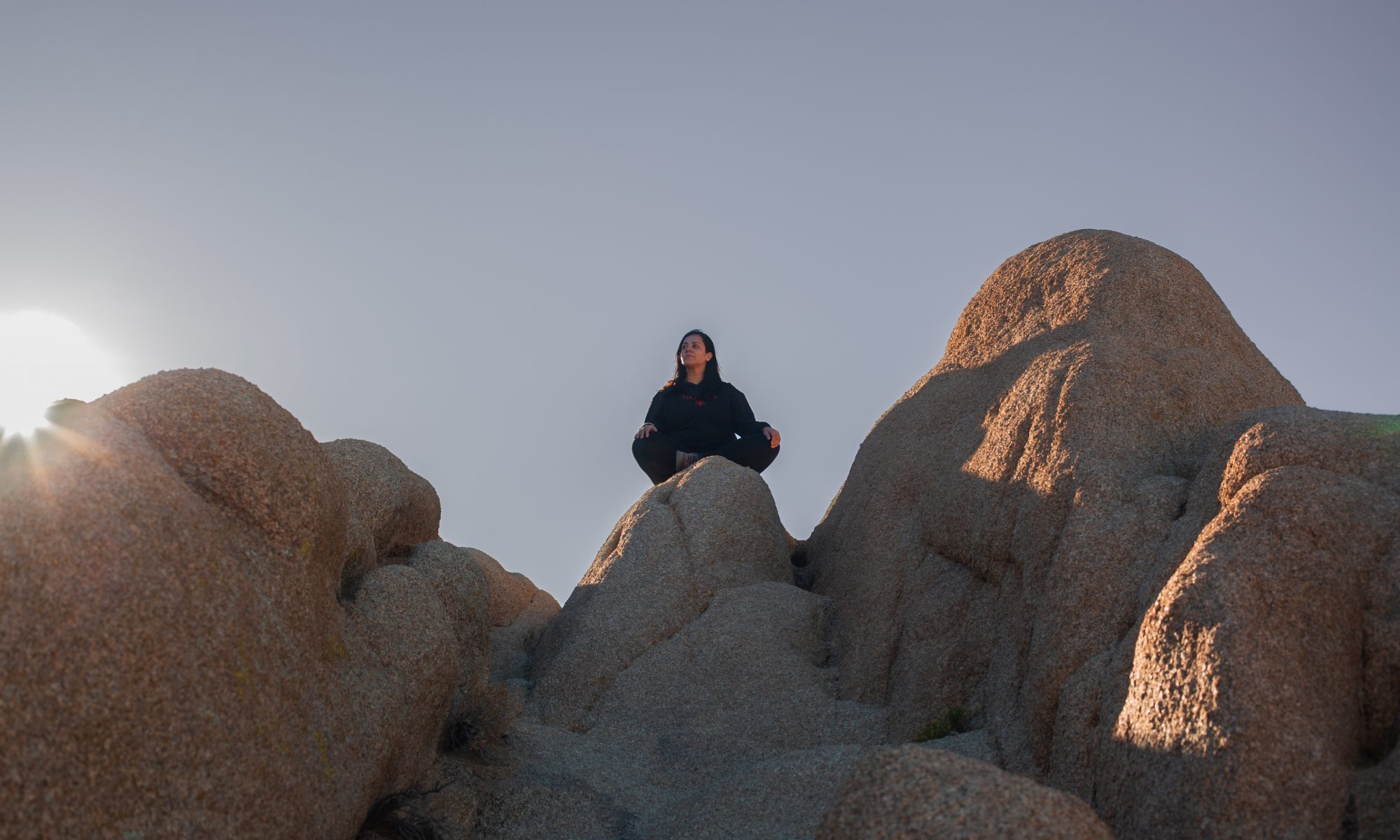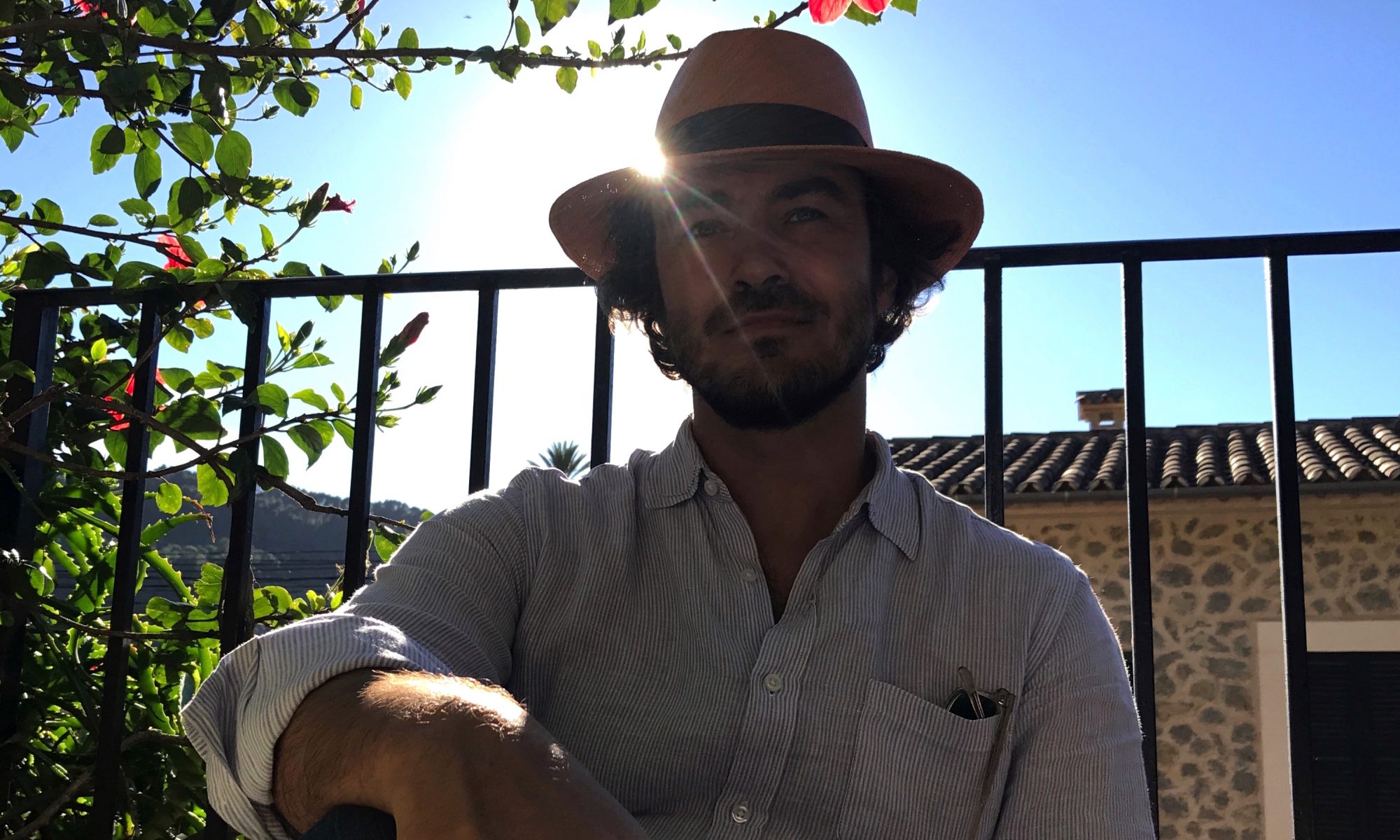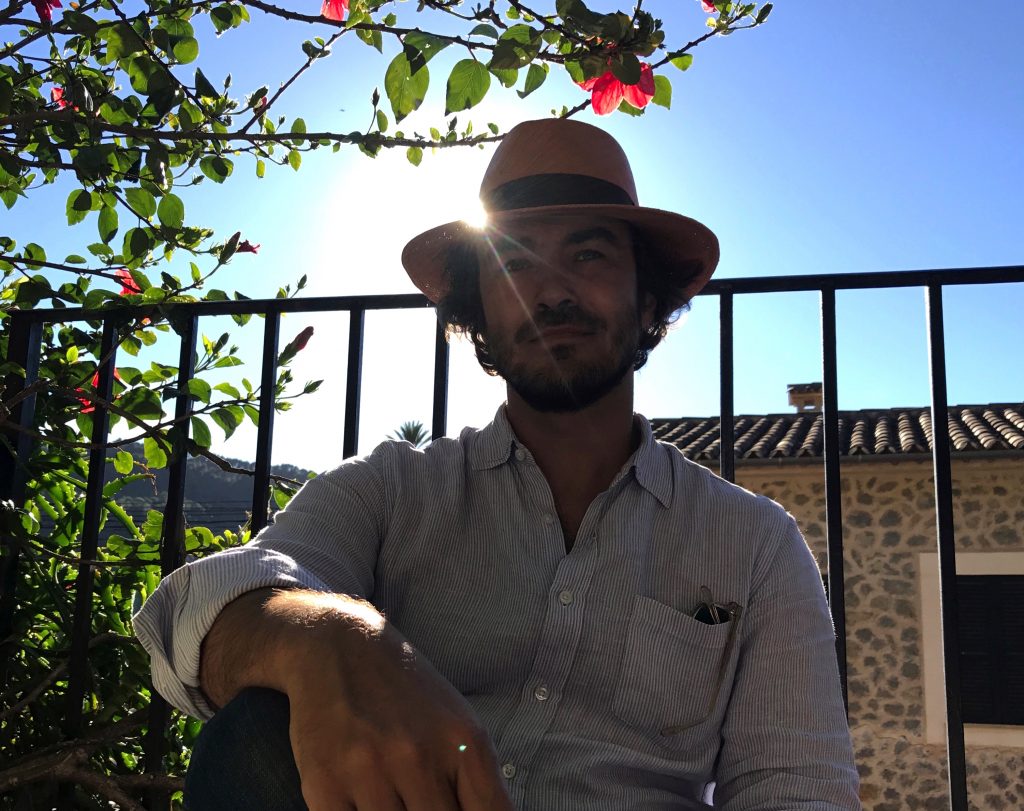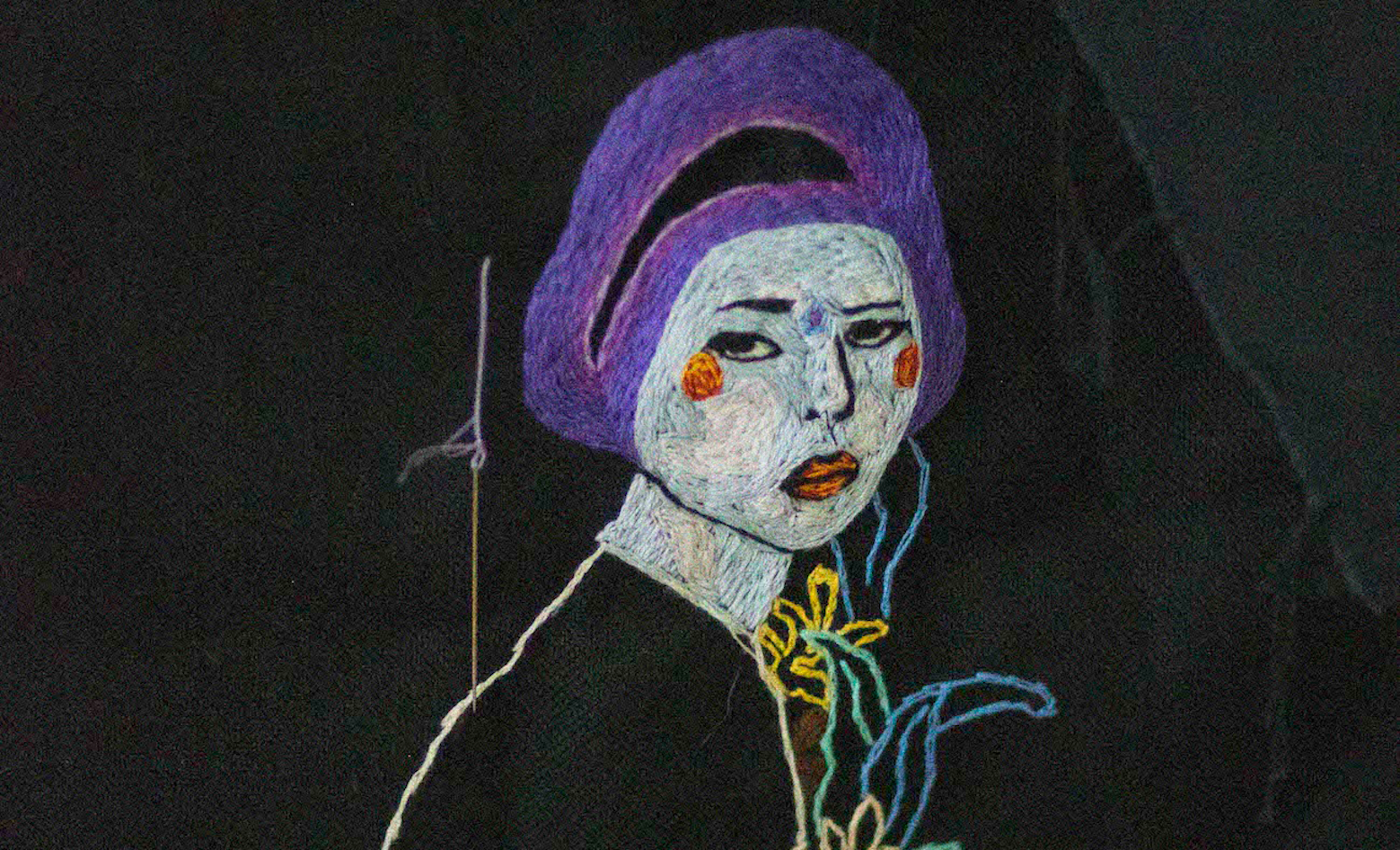In the latest “Get to Know” article Louis caught up with visionary filmmaker Marta Chierego to delve into her stunning and global spanning filmography. Her work is a rich tapestry that perfectly balances ambitious and sophisticated cinematic language with stories that feel handcrafted and intimate, which is no easy feat to pull off even for the most seasoned of filmmakers. So let’s all gather around the metaphorical campfire as we explore together what makes Marta’s distinctive brand of storytelling so special and how her craft was shaped and molded over the years by the people who inspired her.
Let’s rewind back to a young Marta, did you always have the goal to be a filmmaker or was it something that you came into at a later stage in life?
I fell in love with cinema at a very young age. Some of my earliest memories are of Star Wars and 2001: A Space Odyssey – even Twin Peaks, although I realise that’s not great publicity for my mom . And while I grew up appreciating many art forms, I watched films relentlessly and probably obsessively more than anything. I remember the experience of watching a film and ‘knowing’ that the camerawork was good, but not understanding why yet. Initially, I wanted to be an actor, so I immersed myself in theater programs all through high school. But when I moved to London at 19, I realised that what truly fascinated me was what happened behind the camera. Since traditional film school wasn’t an option financially, I enrolled in a hands-on program and started working on film sets, taking on as many roles as possible to understand the mechanics of filmmaking. That experience serves me to this day, as it gave me a deep appreciation for every department on set and a firsthand understanding of why every role matters. So, in a way, cinema has always been with me. The path evolved, but the passion never changed.
It’s funny when we first spoke I had the imagery of Terrence Malick imprinted into my mind as a visual reference for your own work, which is someone you ended up mentioning as a source of inspiration. Could you tell us a bit more about how his work influenced or informed your own filmmaking?
I was so touched to hear you say that my work reminds you of Malick. He’s had such a profound impact on the art of filmmaking, there’s truly no one like him. I still remember watching The Thin Red Line in theaters when it first came out and being completely transfixed by his style. What makes Malick so special, in my view, is his ability to create a cinematic experience that feels both poetic and immersive. His films evoke a sense of awe, an emotion I’ve explored in my own work. I’ve come to realize that awe has a profound effect on us; it enhances creativity, deepens gratitude and awakens something fundamental in our sense of being alive. We throw around the word ‘awesome’ so casually that we sometimes forget its true meaning. Regardless of one’s spiritual beliefs, his films have a way of connecting you to something greater, something beyond yourself. You don’t have to believe in anything specific – you just feel it. Which again is something that I seek to express with my work. A sense of presence, and an exploration of what some call the ‘Great Mystery’.
Terrence Malick’s poetic approach to filmmaking blends wild landscapes with intimate human moments.
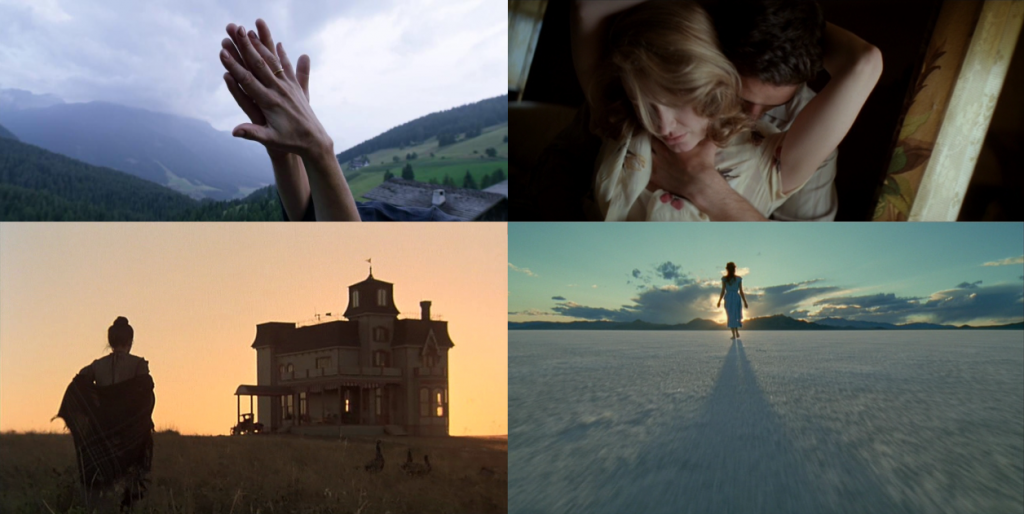
Marta beautifully captures the same sense of poetic scale and human interaction in the stunning ‘unconditional’ a film in which grand vistas collide with compassionate close ups.
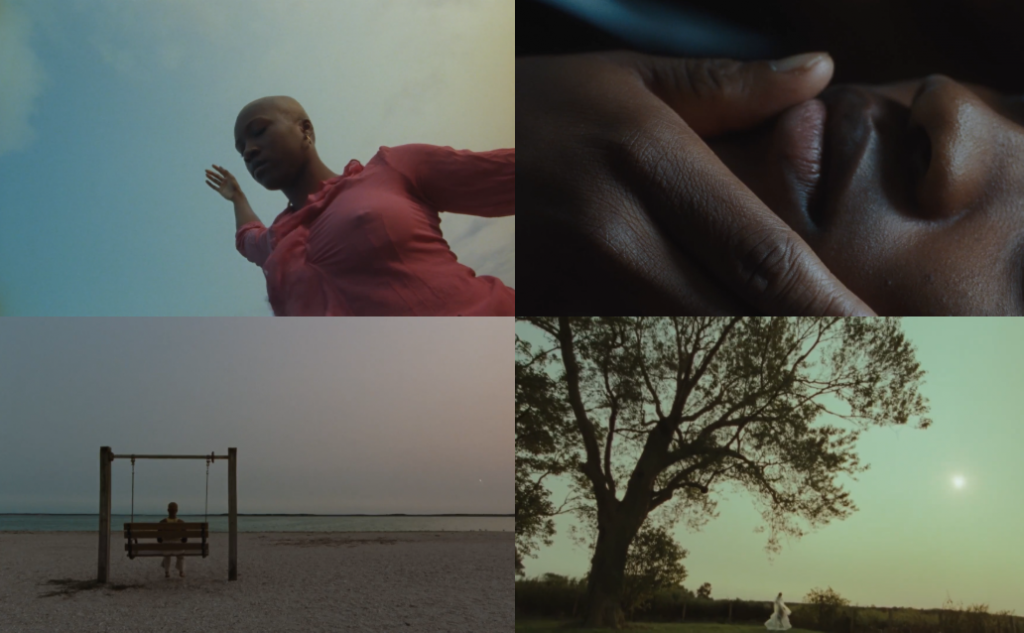
To view full film click here
Inspiration is a shapeshifter that can present itself in many different forms and sometimes at inconvenient times. Where do you often find inspiration when you find yourself searching for new ideas?
Creativity isn’t a linear skill. It has its own rhythm and you have to allow space for ideas and inspiration to find you. I love Julia Cameron’s invitation to regularly take yourself on artist dates. I consider a day well spent when it involves looking at paintings, visual art, listening to music, watching films and documentaries, as well as reading. I miss observing people more, as so much of our life has become digital. My approach to inspiration is both eclectic and voracious; I absorb a wide range of influences, but I can also hyper-focus and dive deeply into a single topic. For a long time, I thought I was being lazy or undisciplined if I didn’t immediately put pen to paper when trying to generate ideas. Over the years, I’ve come to realise that my creative process involves an essential marination stage, oscillating between expansive curiosity and intense focus and letting thoughts percolate until they begin to take shape. Sometimes they emerge as fragments, other times as fully formed concepts and eventually, they start to constellate into something meaningful that I can start building on. It’s a process and I’ve found that movement plays a key role in it. Being outdoors, walking, dancing, yoga, even singing – all of these somehow help shift ideas between the body and mind, allowing them to develop in a more complete form.
We see a lot of big brand commercials that can oftentimes feel like bloated product placements but people feel front and center of your stories. Could you tell me more about your process?
For me, the starting point is always the universal human experience. Whether it’s a beverage, a car, or a software, there’s human passion and intention at the core of every product. So I flip the script, I start with the human story and let that naturally guide how the product or brand fits into the narrative.
Of course, in a highly competitive market, brands want to stand out and a lot of work goes into that. But at the end of the day, what truly makes people remember a brand isn’t just the product – it’s whether they felt something when they experienced the story behind it.
I also think that modern marketing has really evolved into aligning a brand to the core values of the audience it’s trying to reach. So for instance, a brand might get behind a story that shows thought leadership within a space they know is of interest to their customer base. I love working on those kinds of briefs as they give you the highest chance to tell a story that feels rich and authentic.
Some directors are more confident behind the camera and others are more comfortable directing the actors but in the world of commercials, time is limited so how do you make sure you’re getting the best from the talent?
I wish I were Dr. Manhattan, so I could be ubiquitous 😀. Until then, my approach to commercial shoots is all about preparation. I make sure every shot and camera movement is well thought out in advance so we can achieve the most ambitious visuals. When working with actors, I try to keep things relaxed and open, as well as giving them precise and tangible direction in terms of the emotion or tone I’m looking for. Actors have a special place in my heart, probably because of my experiences on stage when I was younger. Everyone’s role is valuable on set and I think actors specifically gift us their vulnerability so that we can feel something. So I try to honor that and I’m really proud that many of the actors I’ve worked with have specifically reached out to tell me how much they enjoyed the experience. Making art is not easy and we often have to pressure each other to get there, so knowing that people like working with me is the highest praise.
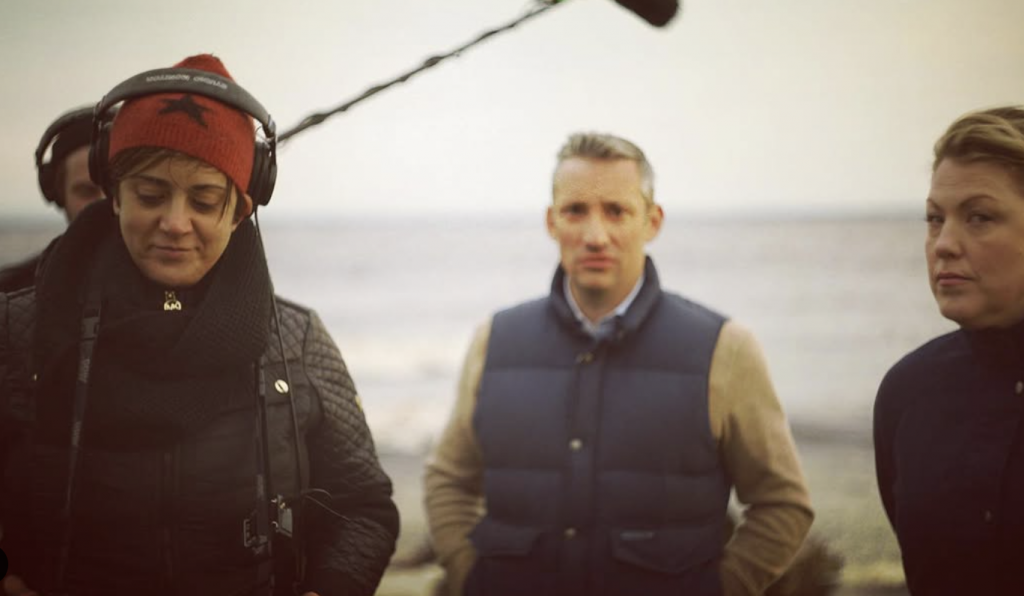
You’ve lived many lives and have called many different places home since leaving Italy, do you think this has influenced you as a storyteller?
Absolutely. I’m grateful to have lived and traveled extensively around the world. It’s shaped the way I see humanity. To me, diversity isn’t about blending everything into a single, homogenous norm. It’s about embracing the richness of our differences, while at the same time looking for the common thread that defines our shared human experience. As a storyteller, my international life journey allows me to take multiple perspectives into account, recognizing that no single viewpoint tells the whole story. It’s also given me a deep appreciation for cultural nuance, an understanding of the subtle details that make a place, a community, or a tradition unique. Whether it’s the way people communicate, the rhythm of a city, or the values that shape a particular region, I bring that awareness into my work through a genuine and deep sense of curiosity.
Burnout can happen to the best of us so how do you remain focused and engaged?
That’s a great question for our times. We move through different seasons in life and I think the key is to develop a healthy relationship with yourself, so you can pursue your ambitions from a place of love rather than conflict. Being an artist is a vocation and I’ve shaped my life around its demands. For me right now, it means staying grounded, sharp and soft all at once. Ambition requires focus and courage, but I also believe it needs heart and compassion — because at the end of the day, our best work is measured not just by what we create, but by the impact we leave on those around us. Having healthy routines is essential for me, and that includes being mindful of what I feed my mind as well as my body. Digital culture has seeped into every aspect of our lives, often leaving us feeling disconnected, alienated and lacking empathy. I think it’s more important than ever to make a conscious choice to remain anchored in the real world, as our brains, bodies and souls cannot function properly without it.
Working in advertising and filmmaking in general can often be about compromising so how do you work with restrictions?
Sometimes constraints can actually fuel creativity rather than hinder it. Instead of focusing on what I can’t do, I ask myself, What’s the smartest, most inventive way to make this work? Being a professional means knowing how to clearly communicate your vision and knowing how to strike a balance between protecting the integrity of an idea and embracing the realities of production. The better you can articulate the value of an idea, the easier it is to align with clients and collaborators to meet its needs. It helps me to remember that when a client hires me, they’re placing their trust and often their own professional stakes in my hands. They bring with them not just their hopes, but also their fears. I remind myself that the people I’m working with have their own pressures and responsibilities and part of my job is to make sure they feel like they are part of the journey, while still pushing for the strongest creative outcome.
Marta’s output across commercial, documentary and branded content makes for an outstanding body of work, with each project made with the same level of professionalism and passion. We can’t wait to share more of her work with everyone in the future.
Until then click here to see more of Marta’s stellar work.

